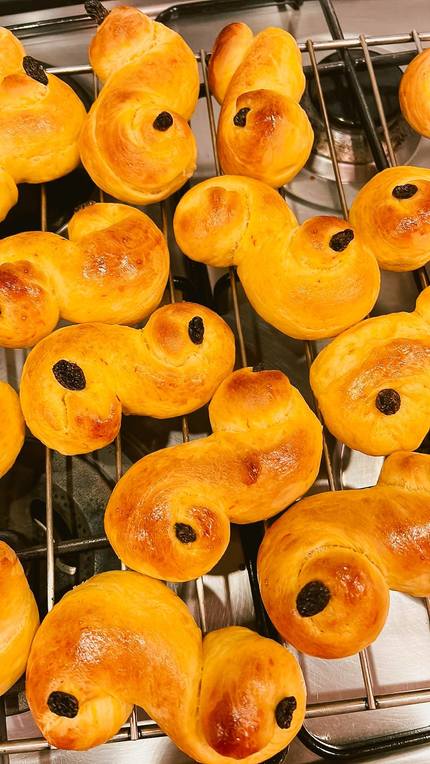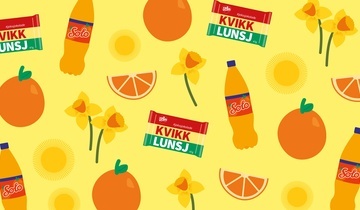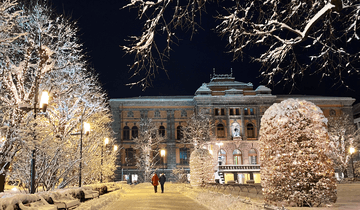
What is St. Lucy’s day? – Luciadagen
Saint Lucy’s day, also known as “Lucia-dagen”, is celebrated on the 13th of December. This tradition incorporates children dressed in white, lots of candles, tasty saffron buns and a crown of candles!
In Norway, the St. Lucy’s day celebration is mainly celebrated in schools and kindergartens. Children participate in a parade in the dark, holding fake candles and singing the song “Santa Lucia”. Parents are usually invited to watch the parade, and often end up spoiling the atmosphere as they accidentally light up the room with their mobile phone cameras.
Catholic or Norse tradition? Both, please!
St. Lucy’s day is a weird mash up of an old Norse tradition about the wight Lussi and the Catholic Saint Lucy.
The 13th of December is St. Lucy’s day, a day commemorating the Roman virgin who died as a Christian martyr holding a burning lamp. In Norwegian folklore however, the 13th of December was believed to be the longest and most dangerous night of the year, where a battle between good and evil forces took place.
Later, these different cultures and traditions merged, and December 13th became the official start of the Christmas season! On this night the wight Lussi would check that people were done with most of their Christmas preparations and punish those who were not.

The modern Lucia – an import from Sweden
The modern Lucia-tradition in Norway is, as so many other cultural phenomena, imported from our neighbours in Sweden. From the 1930s, most Swedish cities would elect their own Lucia in competitions quite similar to beauty contests. And in the 1990s there was even a reality TV-show to select Sweden’s national Lucia!
In Norway however, the tradition took a slightly different direction. From the 1980s many kindergartens and primary schools adopted the tradition. Normally, a girl with long blond hair would be chosen to be Lucia, and wear a crown of candles on her head. She would lead the parade, and the other children would follow her dressed as handmaidens and starboys, holding candles in their hands. Being selected as Lucia was often a big deal for many children.
How do we celebrate Lucia today?
Luckily the way of picking a Lucia has changed and has become more inclusive: now people of any gender, hair colour, or hairstyle may be Lucia, and the Lucia is often selected through a draw.
Other aspects of the tradition have also evolved. It turns out that small children, flaming candles, and flowing garments isn’t always the greatest of combinations; so the candles have mostly been replaced by electric ones. A little more boring, yes, but at least the children don’t burn themselves or their surroundings!
What to eat on St. Lucy’s day
An important part of the tradition is the “lussekatt”. This is a S-shaped bun, that gets it’s characteristic yellow colour from saffron. Lussekatt are traditionally only baked and eaten on St. Lucy’s day. Some use turmeric powder instead of saffron – but if you want the authentic taste you will have to buy some of the world’s most expensive spice.


